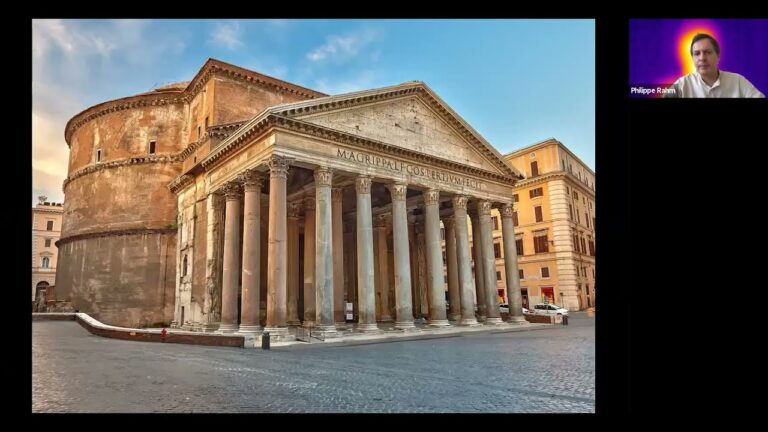
The disciplines of architecture and urbanism were, in antiquity, traditionally concerned with climate and health. This is evident in the treatises of Vitruvius, Palladio or Alberti, where exposure to wind and sun, and variations in temperature and humidity, influenced the forms of cities and buildings. These fundamental functions for urban planning and for buildings were ignored in the second half of the 20th century, thanks to the enormous use of fossil fuel-based energy in heating and air conditioning systems or pumps and refrigerators, which went on to contribute to the greenhouse effect and global warming. Similarly, the development of antibiotics and vaccines solved many of the health problems that had previously been of grave concern, allowing architects and urban planners to focus on the cultural rather than the physiological, and on aesthetic rather than health issues.
The fight against climate change forces architects and urban designers to reclaim ownership of these issues, in order to base their designs on a consideration of their local climatic contexts and consumption of energy resources. Similarly, the Covid-19 pandemic has reminded us all of the health factors that might contribute to the design of urban and architectural space; underscoring the importance, for example, of ventilation or of the potential choice of copper as a contact material.
Faced with the climatic and sanitary challenges of the 21st century, we propose to reset our discipline in accordance with its intrinsic atmospheric qualities, where air, light, heat or humidity are recognized as real materials of building. Convection, thermal conduction, evaporation and emissivity become design tools for composing architecture and cities, through which a dialectical materialism might revolutionize aesthetic and social values.
Philippe Rahm is a Swiss architect, principal in the office of Philippe Rahm architectes, based in Paris, France. His work, which extends the field of architecture from the physiological to the meteorological, has received an international audience in the context of sustainability. His recent work includes the first prize for the Farini competition (60 ha) in Milan in 2019, the 70 hectares Central Park in Taichung, Taiwan, completed in December 2020, the Agora of the French National Radio in Paris, a 2700 m2 Exhibition architecture for Luma Foundation in Arles, France. He has held professorships at GSD Harvard University, Columbia, Cornell or Princeton Universities. He is a tenured associate professor at the National Superior School of Architecture in Versailles, France (ENSA-V). His work has been exhibited in 2017 at the Chicago and Seoul Architecture Biennales.
source